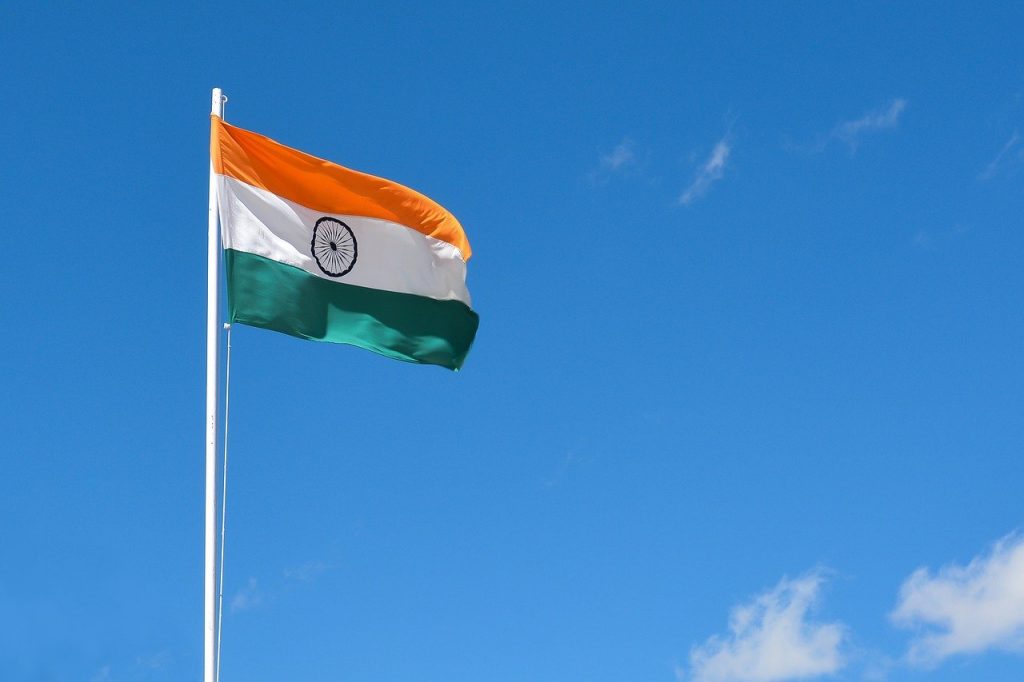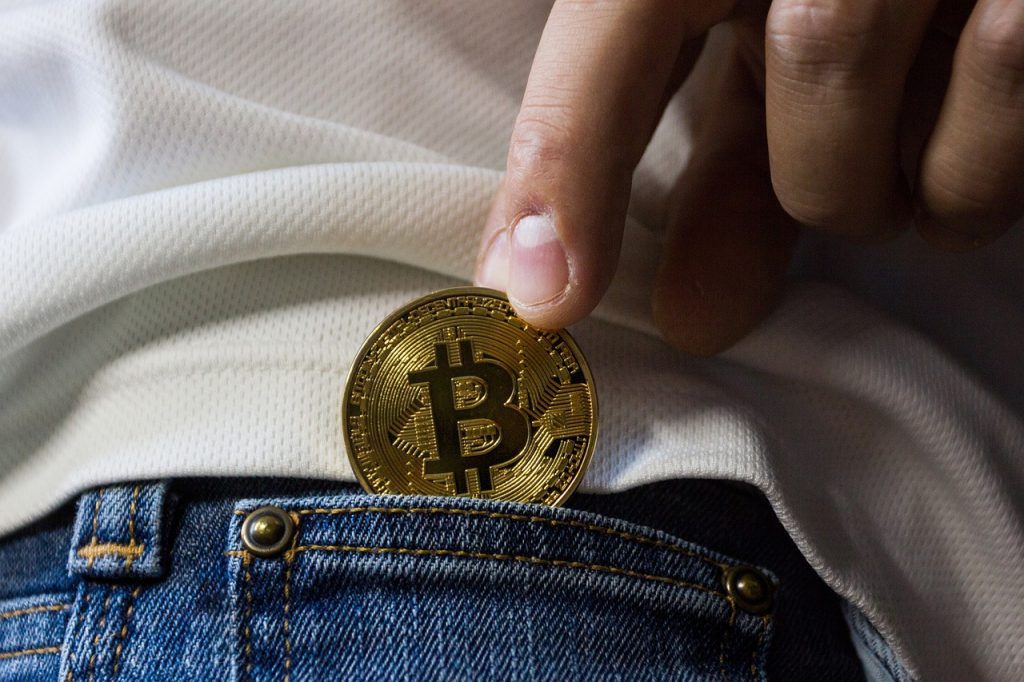Gavin Wood, the founder of Polkadot, revealed Gov2, the DOT ecosystem’s next phase of governance. The Polkadot network won’t be asked to vote on a proposal until the v2 has been tested on Kusama.
According to an accompanying blog post, Polkadot’s Governance version 2 (Gov2) will eliminate any favored “first-class citizens” in terms of governance, such as the Polkadot Council and Technical Committee, leaving a single class of referendum participants. The updated version also features several improvements to expedite governance procedures and enable concurrent decision-making.
According to the blog post, Gov2 will soon be live on Kusama, Polkadot’s more agile and experimental sister network, after passing a final code review by a professional. Wood noted that a proposal would be prepared for the Polkadot network to vote on when Gov2 is tested on Kusama, but he did not specify how long that process would take.
Polkadot relies on an elected Council executive whose limited bandwidth meant the system favored the deep consideration of a small number of proposals rather than a broad consideration of many. Polkadot comprises a rule-enforcing relay chain and a collection of distinct but connected proof-of-stake blockchain environments running in parallel called parachains.
While Gov2 aims to do away with a centralized voting hierarchy, the new system provides a grade of priority for decision-making to control the potential breadth of items to vote on: Independent suggestions are given a “track” to follow as they advance, with “Origins” used to indicate how vital a proposal is.
The Root Origin, for example, “has the greatest thresholds and safeguards and only enables one über-dangerous proposal to be decided at a time.” In contrast, less potent Origins have correspondingly shorter evaluation periods and lower approval thresholds.
The proposal author is free to define the Origin he wants to use to carry out his plan. This allocation will then determine the direction the proposal will go and the referendum format.



